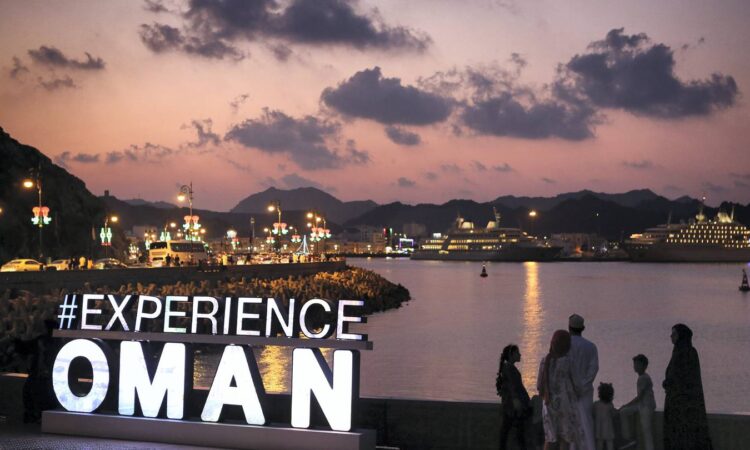
Oman’s economic recovery is gaining traction, supported by a revival of the hydrocarbon sector and the relaxation of Covid-19 restrictions, the International Monetary Fund said after meetings with the sultanate’s authorities.
The Gulf country’s fiscal reforms and higher oil prices are expected to boost economic growth and generate a budget surplus in the medium term, the fund said on Wednesday.
The economy is set to expand 4.3 per cent in 2022, supported by increased hydrocarbon production and continued recovery of non-hydrocarbon economic activity, said Daniel Kanda, who led an IMF mission visit to Oman from September 20 to October 4.
Gross domestic product growth rebounded to 3 per cent last year, following a 3.2 per cent contraction in 2020, helped by strong vaccination efforts and the relaxation of Covid-19 restrictions.
“High oil prices, continued fiscal consolidation under the authorities’ Medium Term Fiscal Plan [MTFP] and determined implementation of structural reforms under Oman Vision 2040, are expected to generate fiscal and external surpluses and support higher growth over the medium term,” Mr Kanda said.
Having touched a 17-year low in April 2020, oil prices rose steeply to nearly $140 a barrel in March after the start of the Ukraine war.
Oman recorded a budget surplus of 784 million rials ($2 billion) in the first half of this year, as revenue grew on the back of higher oil and gas prices, according to government data released in August.
The country’s total revenue in the six months to the end of June climbed more than 54 per cent to 6.72bn rials.
The country also expects to bring in more than 9bn rials a year from tourism by 2040 as it bids to diversify its economy away from oil.
One of the economic pillars of Oman’s 2040 Economic Vision is to increase revenue from tourism.
“The authorities continue to press forward with a broad array of structural reforms under Oman Vision 2040, with the goal to achieve the strong, job-rich and sustainable private sector-led growth needed to offer opportunities to job seekers and ensure higher living standards for future generations,” Mr Kanda said.
Meanwhile, inflation in Oman has been contained so far, partly reflecting administered prices and caps on selected fuel prices, the IMF said.
“Rebounding economic activity and elevated global inflationary pressures are expected to push up average inflation to 3 per cent in 2022 given the relatively high dependence on imports and large weight of tradable items in the CPI basket,” Mr Kanda said.
He said direct spillovers on the Omani economy from the war in Ukraine had been “limited”.
Higher hydrocarbon revenue, expenditure restraint and the introduction of value-added tax have shored up the finances of the government, the IMF said.
“Fiscal and external surpluses are expected in 2022 and over the medium term,” Mr Kanda said.
“Central government debt declined to 62.9 per cent of GDP in 2021 and it is expected to decline to about 44 per cent of GDP in 2022.
“Steadfast implementation of MTFP and further strengthening fiscal frameworks would reinforce fiscal sustainability.”
The country’s banking system has also weathered the recent global shocks relatively well, the IMF said, benefiting from “prudent oversight of the Central Bank of Oman and strong buffers”.
The sultanate’s outlook could be bolstered by “higher-than-expected hydrocarbon windfalls, accelerated implementation of structural reforms under Vision 2040, and the realisation of investment projects from regional partners”, Mr Kanda said.
Updated: October 06, 2022, 9:19 AM






